Featured in
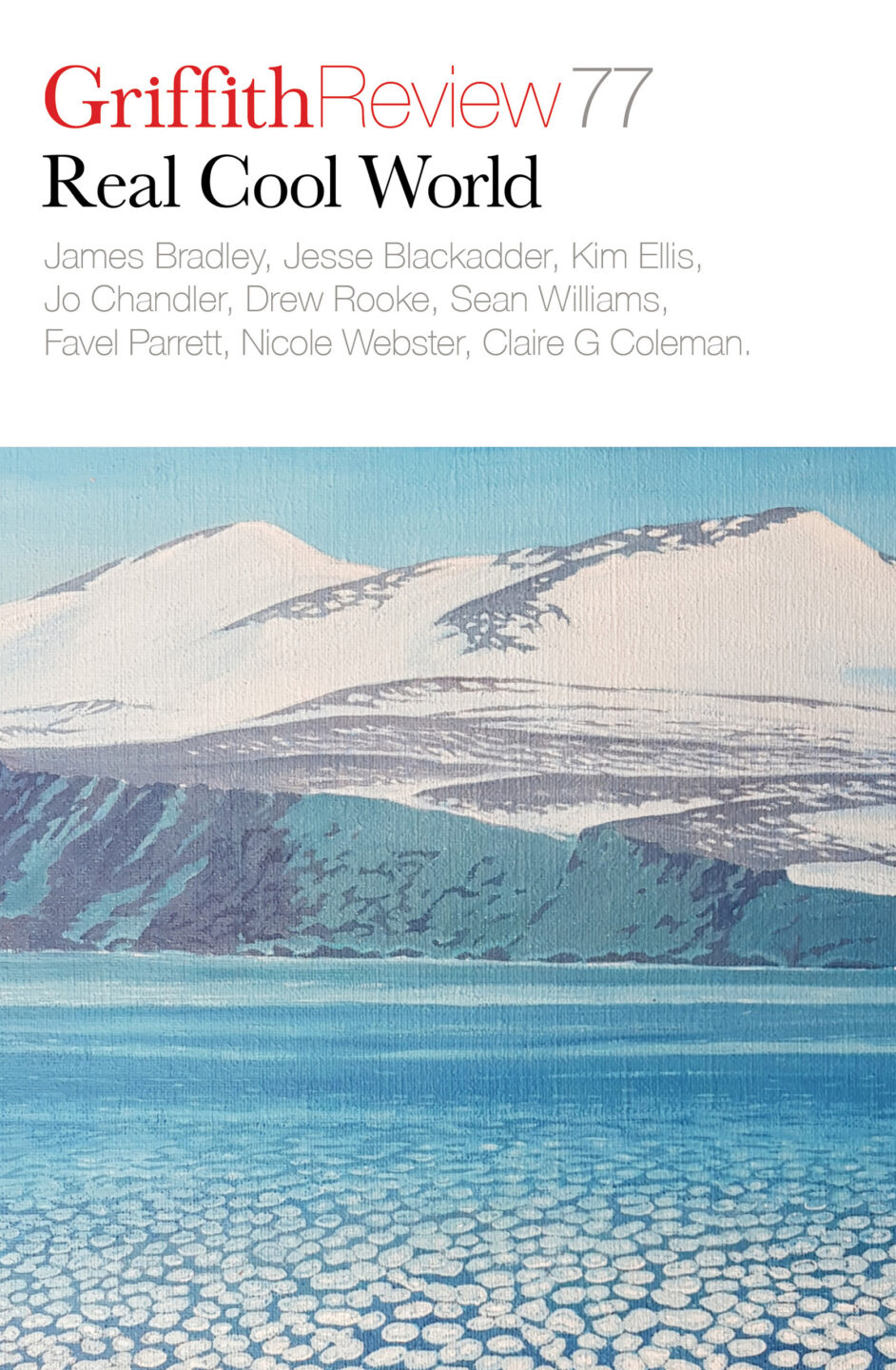
- Published 20220503
- ISBN: 978-1-922212-74-0
- Extent: 264pp
- Paperback (234 x 153mm), eBook
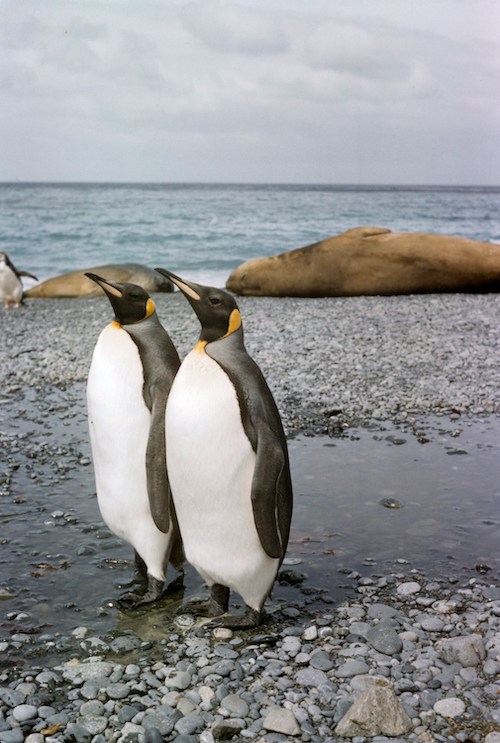

Already a subscriber? Sign in here
If you are an educator or student wishing to access content for study purposes please contact us at griffithreview@griffith.edu.au
Share article
More from author

Hidden tracks
Non-fictionYoung and Kucyk are as good at tracking down hard-to-find people as they are at tracking down hard-to-find music, although sometimes they do reach dead ends. Their methods aren’t particularly advanced and are often helped by luck. Sometimes they’ll raid the White Pages. Sometimes they’ll search for relatives of musicians online. Sometimes – as in the case of another song on Someone Like Me – they’ll scour through five years’ worth of archived weekly newsletters from a Seventh Day Adventist Church in the UK and Ireland and spot a tiny article that contains the full name of a mysterious musician they’re trying to find.
More from this edition
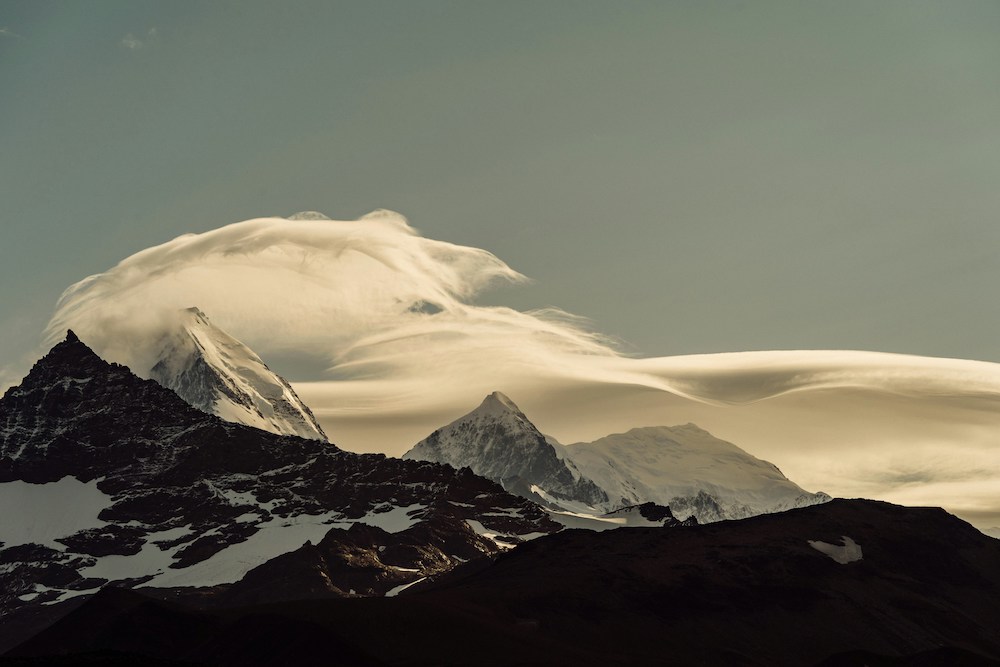
Silence is the song
Memoir DURING THE LONG winter of 2020, and due to fortunate happenstance, I found myself locked down in a somewhat ramshackle cottage in the forest...
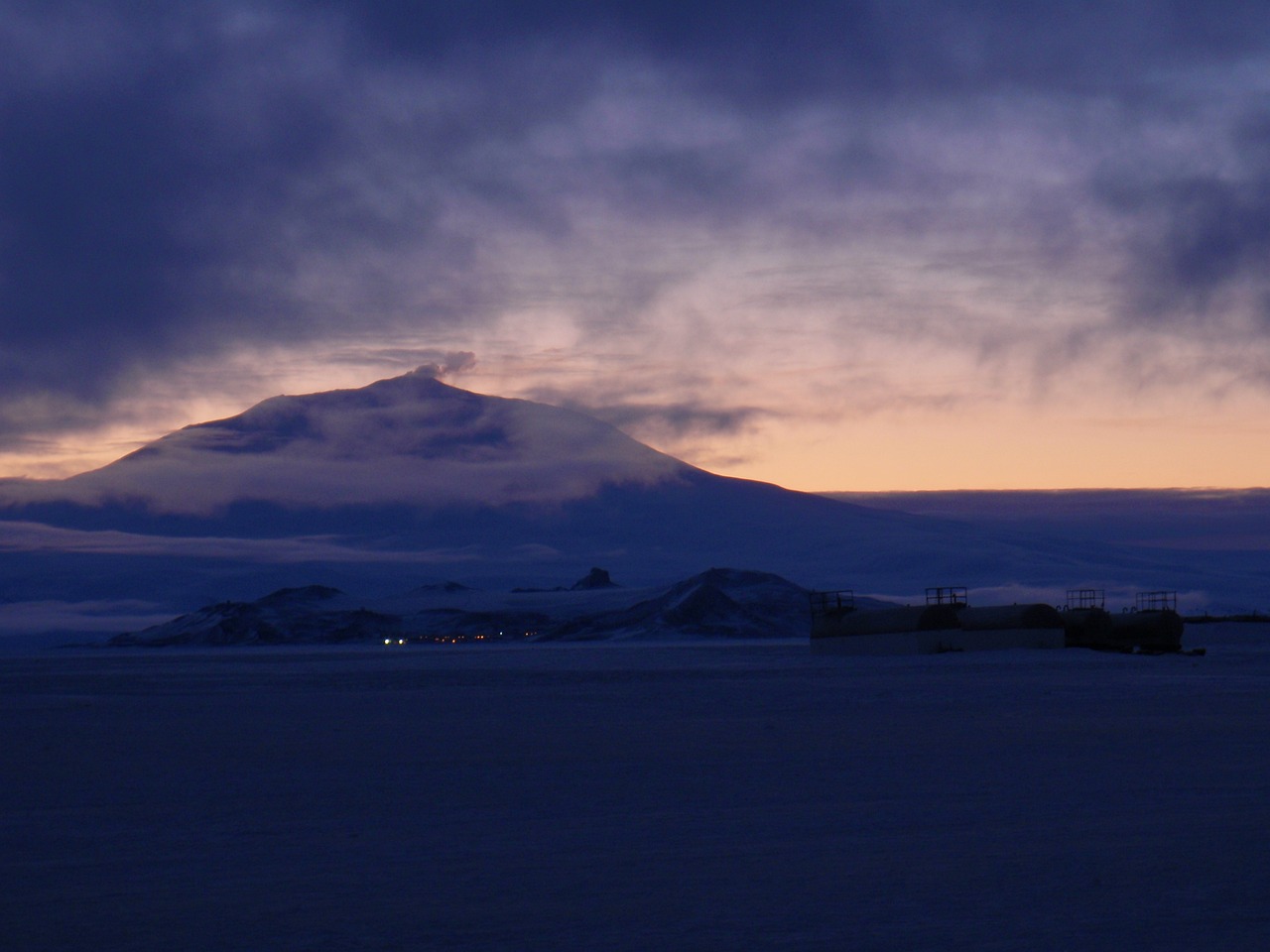
White day dreaming
MemoirWe linger together well past bedtime, talking of our children. The sun plays its part by refusing to set, doing an orbit around the horizon and waltzing shadows across the lounge. Below us are about eighty metres of ice floating on the waters of the Ross Sea. Further towards the mainland and buried some sixteen metres down in the ice are Scott, Bowers and Wilson, frozen into their sleeping bags and wrapped in their tent.
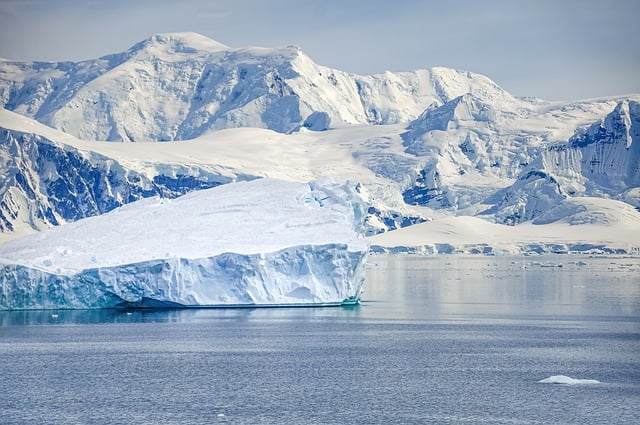
Inside, and outside
MemoirOn the ship it’s a mix of hurry up and wait – cabins cleaned, bags packed and stacked in the halls, people standing in cabin doorways chatting – the uncertainty of farewells. Especially the twenty-odd Mawson-bound expeditioners – not knowing who to farewell and when.